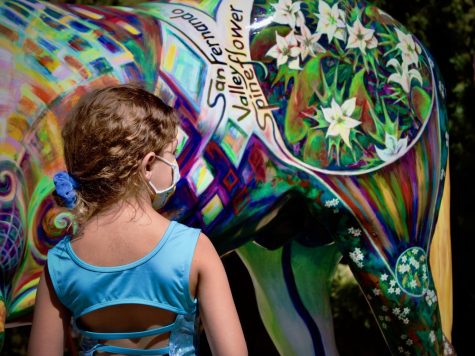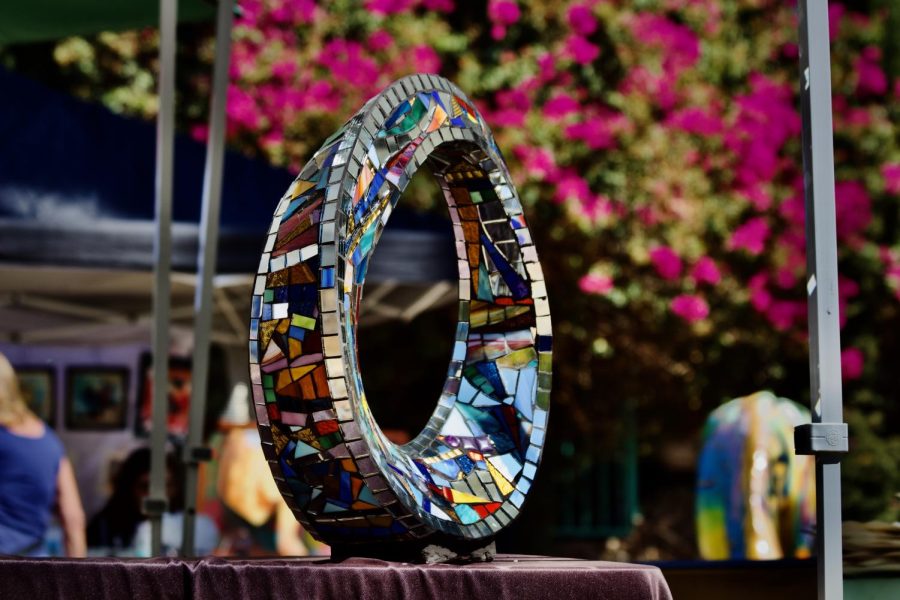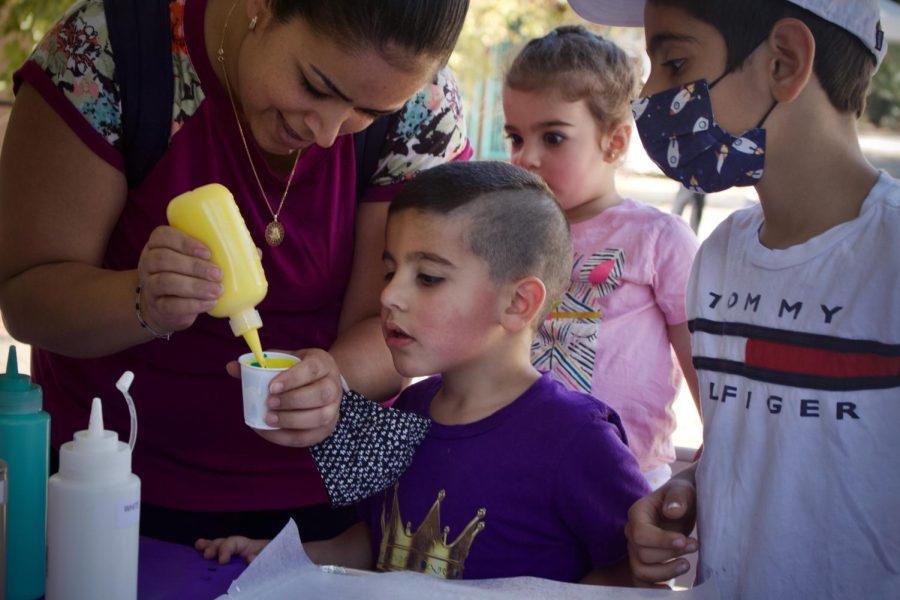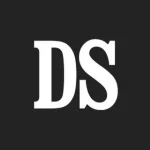Museum of The San Fernando Valley celebrates its new Northridge location
A mosaic art piece by local artist Charles Sherman is displayed at a community art fair organized and hosted by The Museum of The San Fernando Valley in Northridge, Calif. on Sept. 18, 2021.
October 8, 2021
Art was in the air at the Museum of The San Fernando Valley for an artist showcase and family fun day at their new historic location in Rancho Cordillera del Norte. Local artists gathered to showcase their art as well as host interactive experiences for all to enjoy on Sept. 18.
The museum, which opened in 2005, educates the public about the history of the San Fernando Valley through various mediums including art exhibits, historic walking tours and narrative speaker series. The event came to life in alignment with the museum’s public arts initiative, which aims to advocate for community engagement by educating the public about local history through art.
“When you can get your hands into the art, that’s when you fall in love with it,” said Volly Aronson, a retired LAUSD teacher and local artist. Her gloved hands slathered in paint and her apron covered in splatter, Aronson delicately placed a completed canvas in a box to dry, watching the paint drip off the edges.

Kids and adults alike crowded to catch a glimpse of Aronson’s interactive activity, acrylic fluid art painting, also known as pour painting, an abstract art form in which different paints are poured onto a canvas to create a fluid-like design. Elementary schooler Jeremiah watched as the paint flowed out of his cup filled with various colors of paint, letting an explosion of green, black and red onto the canvas.
Looking down at a drawing his son contributed at a community art table, Frankie Ortega spoke to the intersectionality of art and cultural history. “My son likes to do art, and I tried to see if I can get him to start sketching things that are around him”, Ortega said.
Ortega serves on the museum’s board and is passionate about connecting the San Fernando Valley community to its local history. As an educator and World War II historian, Ortega spends many of his days jumping out of warbirds and educating other teachers who are interested in the history of the San Fernando Valley’s contribution to WWII, including the history of Birmingham High School, which used to serve as a military hospital.
“If you can foster that pride within the community, then [the children] become ambassadors outside of it,” Ortega said. “You walk away with that pride.”
After temporarily closing its doors during the pandemic, the museum plans to reopen next month with the exhibit, “Unmasking the San Fernando Valley,” a multimedia exhibit consisting of SFV-inspired hand-made decorative masks created by local artists.
The exhibit is diverse in artist curation, with pieces including, “It’s Legal Now,” a mixed media artwork by Charles Sherman displaying Mickey Mouse with a marijuana joint hanging out of his mouth and “The People of Earth,” and “The Munch Box,” a mixed media and metal piece by Iranian-born artist and CSUN alumni, Akram Ighnani Namdarian.
Museum president Michel Stevens reflected on his journey with the museum and how it all began with a co-worker pulling him out of work to go walk through a dilapidated 1950s historic bungalow at Los Angeles Valley College, where Stevens found himself on the receiving end of a pitch.
“Jerry goes ‘For all the history of the San Fernando Valley — what do you guys think about creating a museum?’” Stevens said.
Seventeen years and three locations later, the museum continues to forge its own history.



